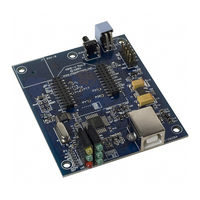User Manuals: Digi XBIB-U-DEV Development Kit
Manuals and User Guides for Digi XBIB-U-DEV Development Kit. We have 1 Digi XBIB-U-DEV Development Kit manual available for free PDF download: User Manual
Advertisement
Advertisement
